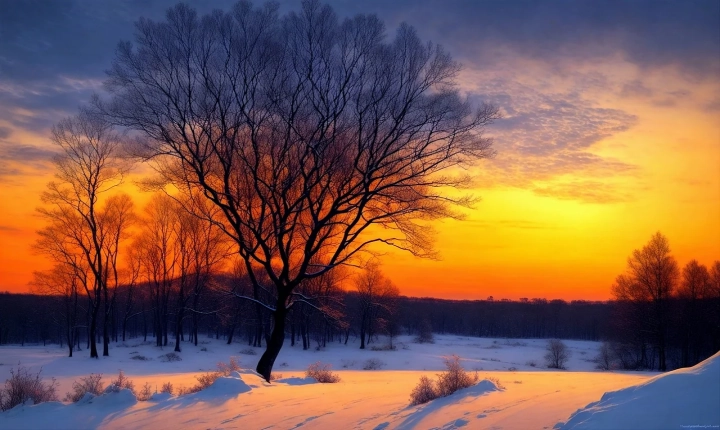Can GPT-3 Create Images? Exploring the Possibilities of AI-Generated Art
Artificial Intelligence has made significant strides in recent years, demonstrating its ability to perform a wide range of tasks, from language processing to image recognition. One of the most exciting developments in AI technology is the potential for AI to create original images and artwork, a feat previously thought to be the exclusive domain of human creativity.
One of the most advanced AI language models currently available is OpenAI’s GPT-3, which has garnered attention for its ability to generate coherent and contextually relevant text. While GPT-3 is primarily designed for language-related tasks, it has also shown promising capabilities in understanding and analyzing visual information. However, the question remains: can GPT-3 create original images?
The answer is not a straightforward “yes” or “no.” GPT-3 itself does not have a built-in capability to generate visual imagery, as its primary function revolves around natural language processing. However, GPT-3 can be used in conjunction with other AI models that have been specifically designed for image generation, such as generative adversarial networks (GANs) and variational autoencoders (VAEs).
By integrating GPT-3 with these image generation models, it is possible to leverage the language capabilities of GPT-3 to guide the generation of images. For example, a user could provide a textual description of a scene or concept, and GPT-3 could then collaborate with an image generation model to produce an image that corresponds to the provided description.
This approach opens up a myriad of possibilities for AI-generated art. Artists and designers could use GPT-3 to sketch out ideas and concepts in natural language, allowing the AI to translate these descriptions into visual representations. This could streamline the creative process and provide new avenues for artistic exploration.
Additionally, the combination of GPT-3 with image generation models has the potential to assist in the creation of custom visual content for various applications, such as graphic design, marketing, and virtual reality. By inputting specific parameters and guidelines, users could direct AI to produce tailored images that meet their requirements.
However, it is important to note that AI-generated art raises ethical and legal considerations. As AI models become more proficient at creating realistic and aesthetically pleasing images, questions surrounding intellectual property rights and attribution arise. Furthermore, the use of AI for creative tasks could potentially impact the job market for human artists and designers.
In conclusion, while GPT-3 itself is not capable of creating original images, its integration with image generation models opens up exciting possibilities for AI-generated art. The potential for AI to collaborate with humans in the creative process offers a glimpse into the future of art and design. As AI technology continues to evolve, it will be fascinating to witness the ongoing interplay between human creativity and artificial intelligence in the realm of visual art.
